Power from Behind By Somer Willson BScPT, FCAMT, IMS
Our buttock muscles not only look better when they’re toned but when they’re strong they also help prevent injuries! The gluteus 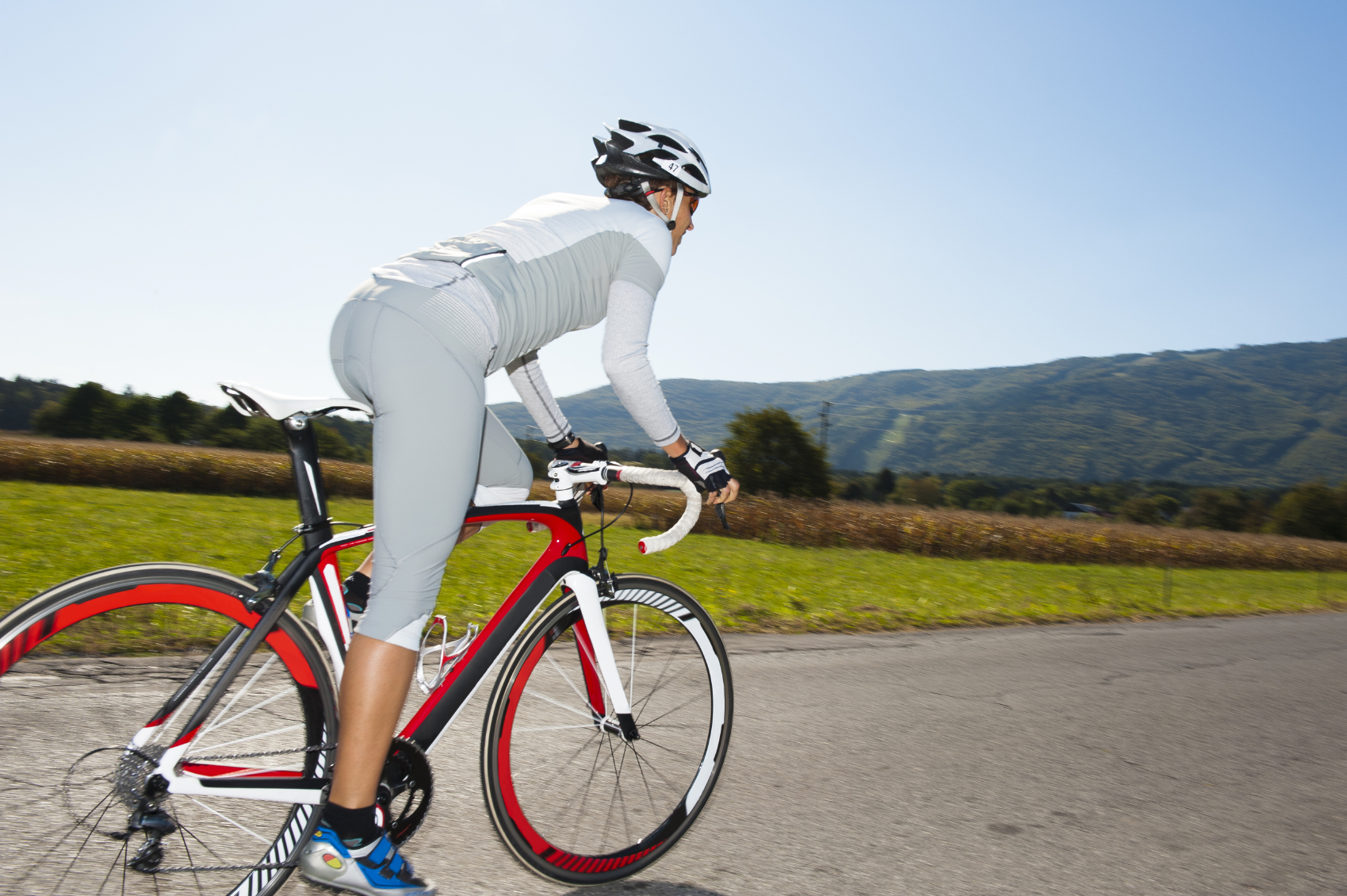 muscles are composed of three muscles: gluteus maximus, gluteus medius and gluteus minimus. They work to both stabilize the pelvis and provide power through our leg movements. The actions they produce are bringing our leg out to the side and bringing our leg behind us. These are also known as hip abduction and hip extension. The glut muscles are commonly seen to be weak and not fire as they ought to in individuals across the board: from weekend warriors to Olympic level athletes. Unfortunately if the gluts aren’t doing their job, something else will. This can lead to compensation patterns and sometimes injury: If gluteus maximus is weak or its firing pattern is buggered up, hamstring muscles, calf muscles or low back muscles may start to work harder than they are intended to. This can lead to chronically tight hamstrings, Achilles tendonitis or low back tightness and soreness. As well, since gluteus medius and gluteus minimus help stabilize the pelvis, if they’re taking a holiday, the alignment down the leg from the knee to the ankle get out of sorts. This can lead to knee pain around the knee cap (sometimes known as patellofemoral syndrome), knee pain out on the side (IT band friction syndrome) or pain down into the sole of the foot (plantar fasciatis). The encouraging news is that they can be strengthening. The exercises to strengthen the gluts are usually quite simple. Although Jane Fonda’s attire may be out dated, some of her exercises aren’t. Most exercises will be familiar to you from seeing people at the gym doing them. Two such exercises include bridging and clam shells.
muscles are composed of three muscles: gluteus maximus, gluteus medius and gluteus minimus. They work to both stabilize the pelvis and provide power through our leg movements. The actions they produce are bringing our leg out to the side and bringing our leg behind us. These are also known as hip abduction and hip extension. The glut muscles are commonly seen to be weak and not fire as they ought to in individuals across the board: from weekend warriors to Olympic level athletes. Unfortunately if the gluts aren’t doing their job, something else will. This can lead to compensation patterns and sometimes injury: If gluteus maximus is weak or its firing pattern is buggered up, hamstring muscles, calf muscles or low back muscles may start to work harder than they are intended to. This can lead to chronically tight hamstrings, Achilles tendonitis or low back tightness and soreness. As well, since gluteus medius and gluteus minimus help stabilize the pelvis, if they’re taking a holiday, the alignment down the leg from the knee to the ankle get out of sorts. This can lead to knee pain around the knee cap (sometimes known as patellofemoral syndrome), knee pain out on the side (IT band friction syndrome) or pain down into the sole of the foot (plantar fasciatis). The encouraging news is that they can be strengthening. The exercises to strengthen the gluts are usually quite simple. Although Jane Fonda’s attire may be out dated, some of her exercises aren’t. Most exercises will be familiar to you from seeing people at the gym doing them. Two such exercises include bridging and clam shells.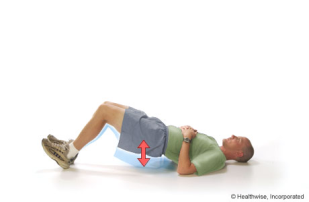
* Bridging: lying on your back with knees bent; lift your hips up off the ground. Squeeze your gluts together like you’re holding a quarter between your cheeks and hold for about a minute
* Clam shells: lying on your side with both knees bent. Lift your upper knee up from your lower knee 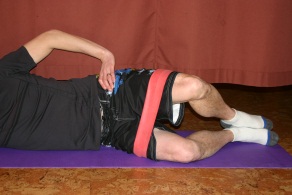 while keeping your feet together. Ensure your pelvis is rolled slightly forward. Repeat X 20 repetitions
while keeping your feet together. Ensure your pelvis is rolled slightly forward. Repeat X 20 repetitions
For more detailed instruction with these exercises or for more exercise ideas consult your local trainer or local physiotherapist.
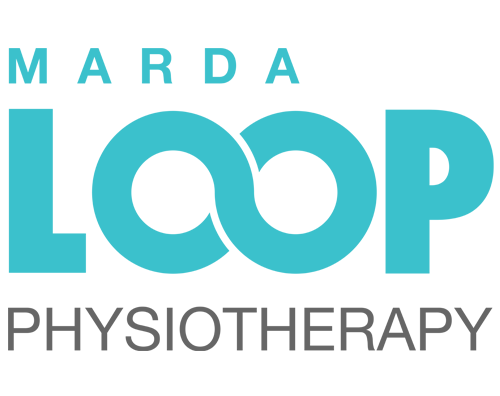
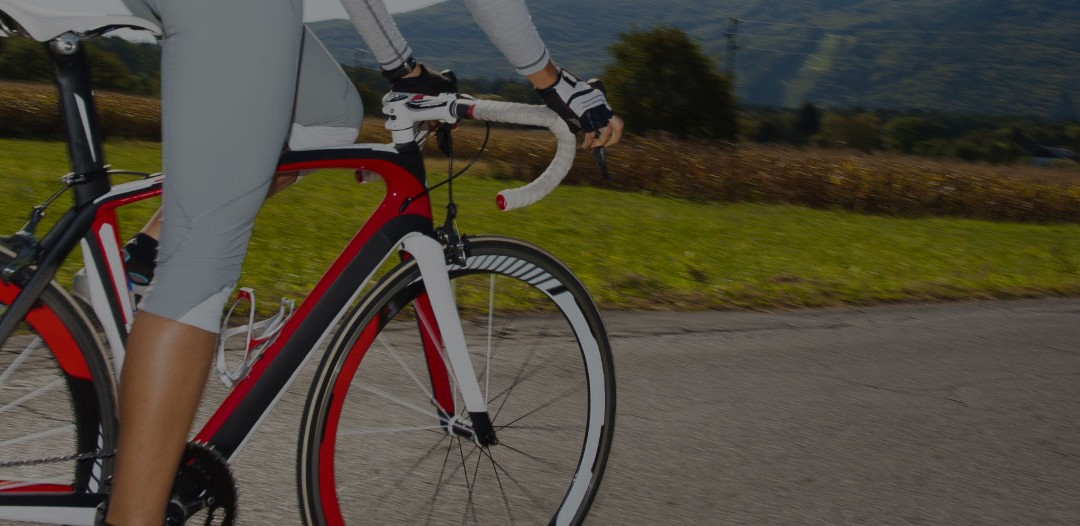
Recent Comments